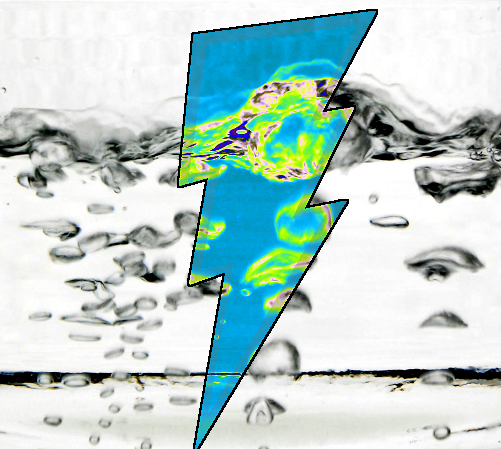Nanobelts stacked for hydrogen boost
 Griffith engineers are using ‘nanobelts’ to increase the production of hydrogen fuel.
Griffith engineers are using ‘nanobelts’ to increase the production of hydrogen fuel.
Griffith University researchers are finding new ways to unlock a catalytic process that will enhance the breakdown of water into hydrogen and oxygen.
The nation has lofty goals, with Australia's National Hydrogen Strategy (2019) aiming to establish the local hydrogen industry as a major global player by 2030.
In new research, the power of CoSe2 nanobelts has been unleashed as an electrocatalyst for the oxidation or breakdown of water.
CoSe2 nanobelts are ultrathin sheets made out of a lattice of cobalt (Co) and selenium (Se).
“The nanobelts are so small they have a thickness of about one nanometre, that’s 50,000 times smaller than the width of a human hair,” Griffith University’s Dr Yuhai Dou said.
“This thinness hugely increases the surface area and thus reactivity of CoSe2, as only atoms on the surface can react in a solution.”
Both ‘Iron (Fe) doping’, replacing some of the cobalt on the nanobelt with iron, and ‘Cobalt (Co) vacancy’, removing some of the cobalt, speed up reactions to a small degree.
But when both processes are put together, their combined effect substantially increases the power of nanobelts to speed up reactions.
“Our discovery, that by combining these two processes we can push this catalyst to its activity limit, is very exciting. This unlocks not just the catalytic power of CoSe2 nanobelts, but catalysts for all sorts of electrochemical reaction,” Dr Dou said.
He said the research would advance knowledge in the fields of material science and electrochemistry.
“More importantly, with hydrogen being an essential part of the Australian government future energy strategy, this work brings Australian capability to meet the challenge of eco-friendly and efficient hydrogen production a step closer to reality.”








 Print
Print